Several people have told me that they thought that the read noise patterns from CCD sensors were less objectionable than the patterns from CMOS ones. I have an old Hasselblad, the H2D-39, and I performed an analysis.
There’s a problem with looking at the read noise of this camera. Unlike the first two cameras I looked at, the Nikon D810 and the Sony alpha 7S, the Hasselblad cuts off the left side of the read noise histogram for dark-field images. You’ll still see all the read noise with low photon counts that lift the average exposure level away from the black point, but consistently achieving flat field photographs at those light levels is next to impossible with the equipment available to me.
Undaunted, I proceeded ahead with dark-field image samples. Real read noise will be about twice as bad, and may have somewhat different frequency characteristics.
I took an image made of blackness with the ISO control set to 200 and the shutter speed to 1/800 second and analyzed the frequency characteristics by convolving it with one-dimensional and square averaging kernels of various sizes:
The flattening of the curves indicates greater low-frequency content than we’d see if the dark-field images were white noise. We can see that more clearly by comparing the square-kernel numbers with what we’d get for white noise:
With one-dimensional kernels, we see similar effects:
If we compute the ratio of the actual values to those that would obtain for white noise, we can get a numerical measure of departure from the ideal case:
These curves look a bit better than the Sony a7S ones at low ISOs, about the same as the a7S in the worse direction at high ISOs, and worse than the a7S in the better direction at high ISOs. It’s only a sample space of one, but there’s no evidence in this data that CCDs are any better then CMOS sensors for low frequency read noise patterning.
Let’s look at some dark field images with various filtering. As before, the images have been scaled into the range [0,1], have had a gamma curve of 2.2 applied , been res’d down to 640×480, and JPEG’d.
With no filtering:
The relative darkness of this image after normalization is a result of the Hasselblad having uncorrected hot pixels.
With a set of 36-pixel kernels:
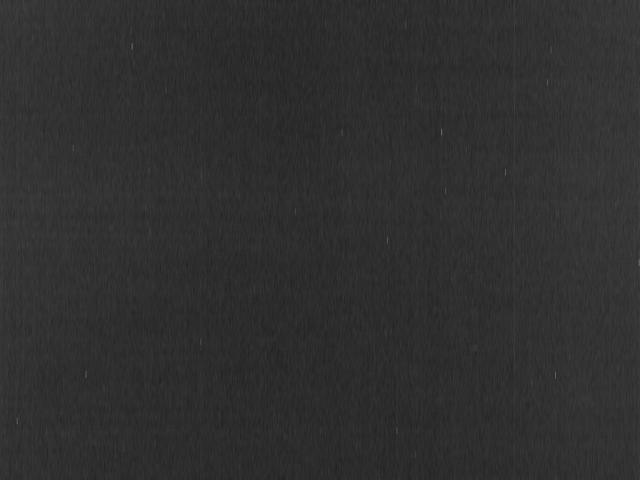

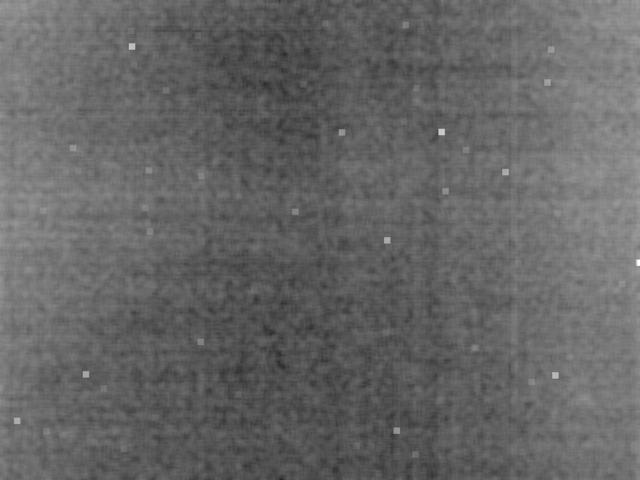
With 306 pixel kernels:
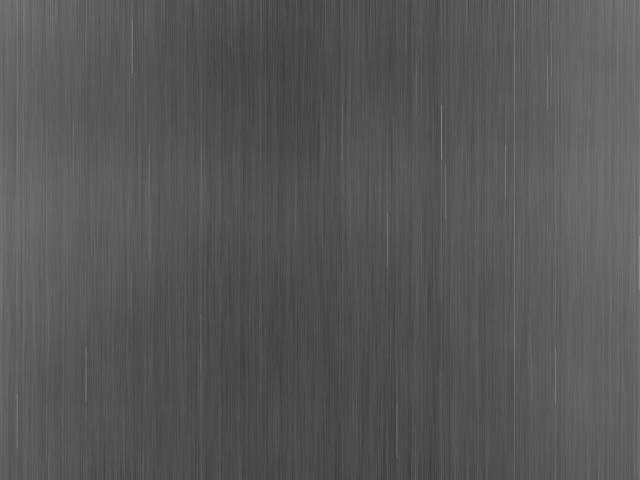
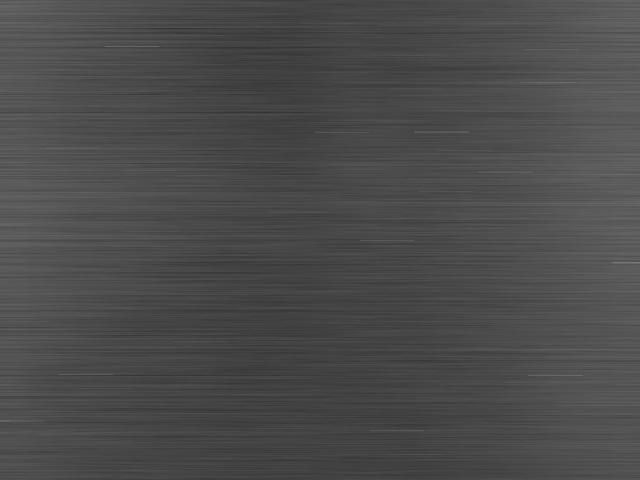
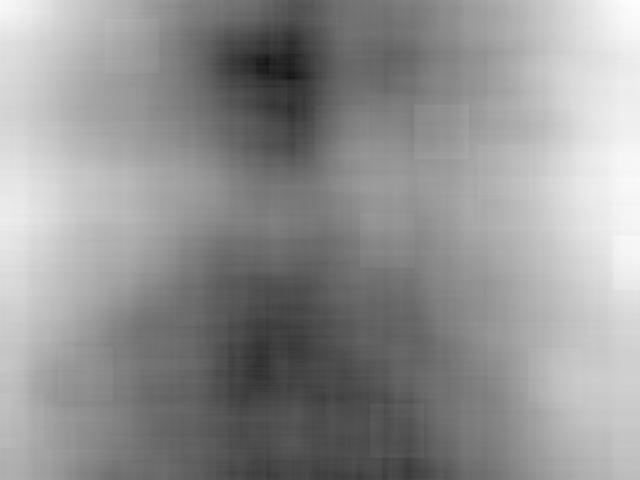
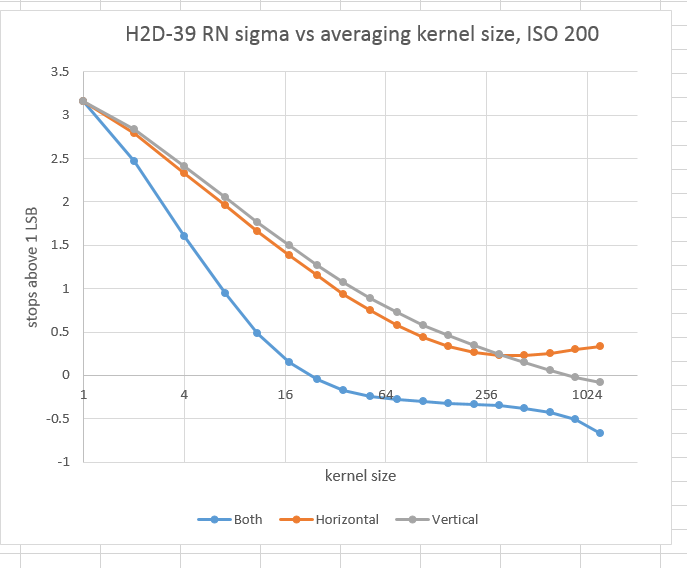
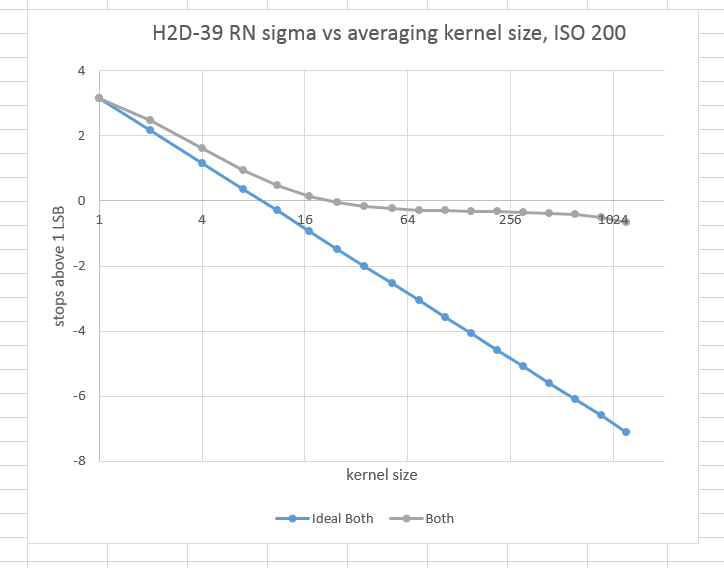
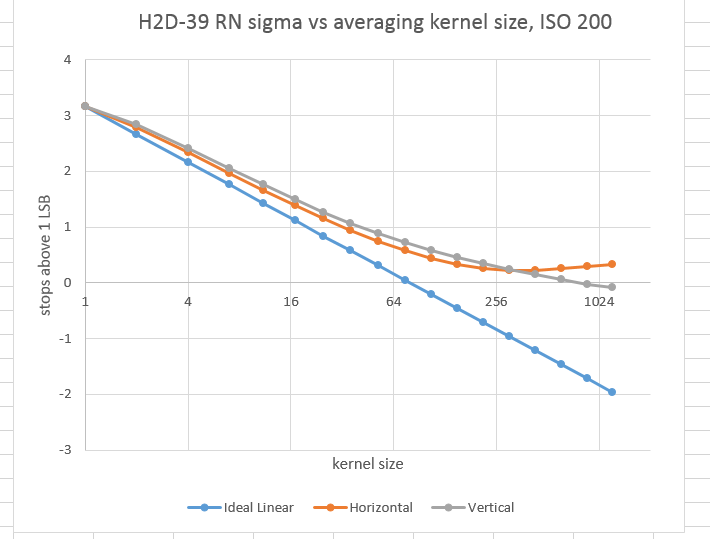
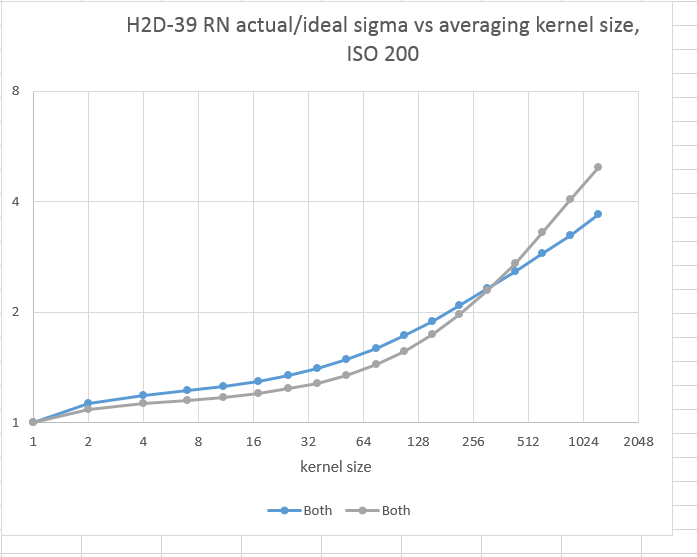
Leave a Reply